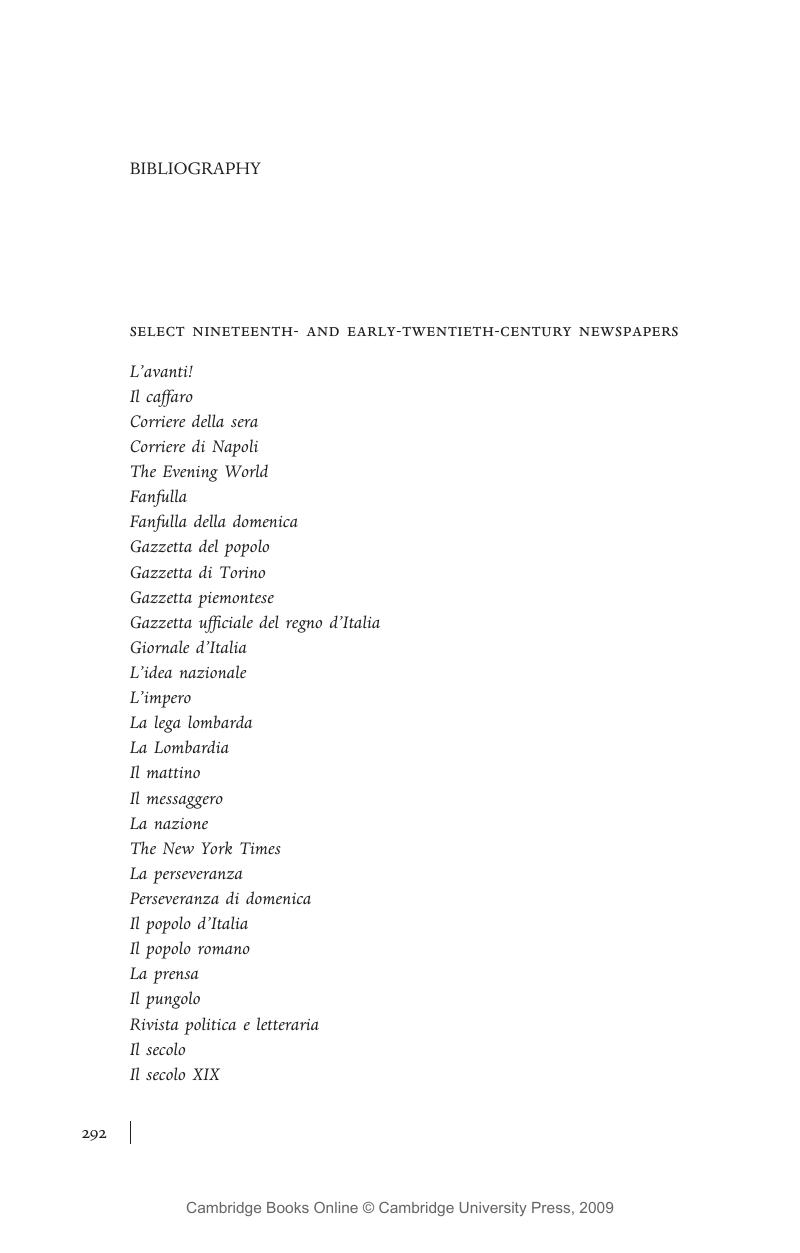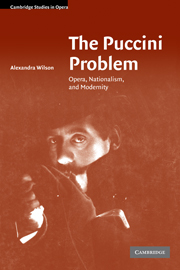Book contents
- Frontmatter
- Contents
- List of illustrations
- Acknowledgements
- Note on translations
- Introduction
- 1 Inventing an Italian composer
- 2 La bohème: organicism, progress and the press
- 3 Tosca: truth and lies
- 4 A frame without a canvas: Madama Butterfly and the superficial
- 5 Torrefranca versus Puccini
- 6 The Italian composer as internationalist
- 7 A suitable ending?
- Epilogue
- Appendix 1: selected newspapers and journals
- Appendix 2: personalia
- Notes
- Bibliography
- Index
- References
Bibliography
Published online by Cambridge University Press: 22 September 2009
- Frontmatter
- Contents
- List of illustrations
- Acknowledgements
- Note on translations
- Introduction
- 1 Inventing an Italian composer
- 2 La bohème: organicism, progress and the press
- 3 Tosca: truth and lies
- 4 A frame without a canvas: Madama Butterfly and the superficial
- 5 Torrefranca versus Puccini
- 6 The Italian composer as internationalist
- 7 A suitable ending?
- Epilogue
- Appendix 1: selected newspapers and journals
- Appendix 2: personalia
- Notes
- Bibliography
- Index
- References
Summary

Information
- Type
- Chapter
- Information
- The Puccini ProblemOpera, Nationalism, and Modernity, pp. 292 - 309Publisher: Cambridge University PressPrint publication year: 2007
